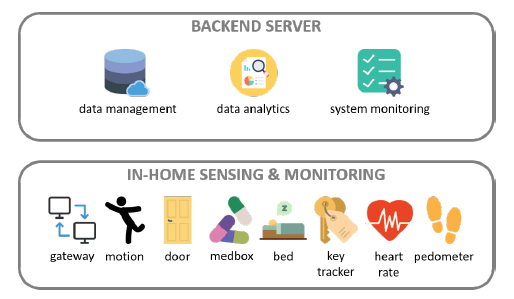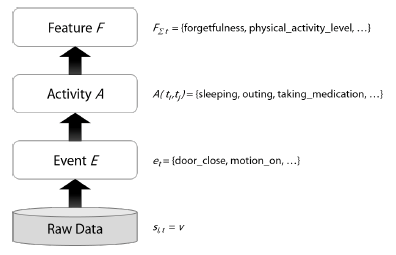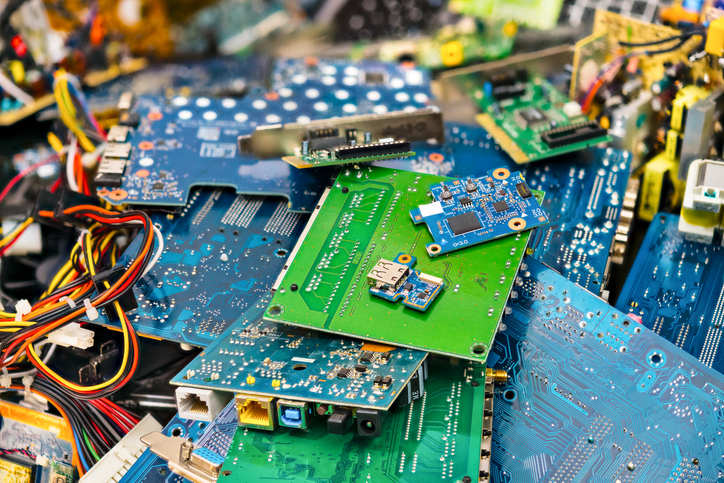By 2030, the number of people living with dementia is expected to double, but if caught and treated early, cognitive decline can be slowed. New research from a team in Singapore shows 24/7 in-home monitoring through Internet of Things (IoT) devices can identify signs of cognitive impairment in its early stages.
An estimated one in ten people above age 60 have dementia today. While there is no cure for dementia, people diagnosed with Mild Cognitive Impairment (MCI) – the stage between normal cognitive function and dementia – who receive timely treatment have experienced decelerated progression of cognitive decline and enjoyed a higher quality of life for a longer period. In an effort to better track these signs, a research team from Singapore Management University, in collaboration with a clinical team from the National University Health System, evaluated the use of the Internet of Things (IoT) to monitor for MCI in the homes of elderly people living alone.
“While similar monitoring technology is being used to provide more immediate care to those living alone, it is not used to detect early MCI symptoms,” said Hwee-Pink Tan, researcher from the School of Information Systems at Singapore Management University. “The use of 24/7 sensors will allow analysis and prompt detection of MCI based on continuous data, which will help seniors who rely primarily on caregivers to identify signs of MCI.”
Through the use of multimodal sensors, the team collected data on the daily living activities of the elderly, as well as signs of forgetfulness. IoT sensor monitoring systems were deployed in the residences of 48 community-dwelling elderly people for an 18-month period. The system (illustrated in Figure 1) was comprised of two key components – a frontend system for in-home sensing and monitoring, and a backend server that housed data management, analytics and system monitoring engines.

Figure 1: IoT In-Home Monitoring System Components
The frontend system involves a wide range of sensors, including Passive Infra-Red (PIR) motion sensors in various zones of the residence, a contact sensor on everything from doors to medication boxes, a Bluetooth-enabled wearable that monitors heartrates and step count at home, and gateway devices to aggregate and transmit the data to the backend system. Upon delivery of data to the backend, a data management module was responsible for storage of the data in an enterprise-level database, and retrieval via an API.
From there, each piece of raw sensor data was converted to an event of interest (illustrated in Figure 2) if relevant – things like door opens/closures, motion throughout the residence, medication box opens/closures, etc. A sequence of one or more events was then used to compute the activity of interest between two time intervals, and finally, the feature of interest over a period of time was computed based on activity levels of the subject. Features of interest included the level of forgetfulness, physical activity levels and sleep quality.

Figure 2: Feature Extraction Framework
While the team is still analyzing the data from all elderly participants, it was able to share some preliminary findings from 17 of the elderly participants. One participant consistently exhibited high frequencies of forgetting to take their medication, and another displayed high incident levels of forgetfulness based on their keychain and wallet retrieval. These signs suggested an increased likelihood of MCI.
Moving forward, the team will continue to analyze additional data and features to refine their system’s accuracy, and validate their results with their clinical partner. The researchers also hope to see similar studies around the world, so they can compare the results.
There needs to be more progress before the researchers’ system can be widely implemented, but this study is a promising first step. As the researchers further develop their system, the system could prove to be an excellent tool to protect the cognitive health of elderly persons around the world.
For more information on MCI, visit the IEEE Xplore Digital Library.





